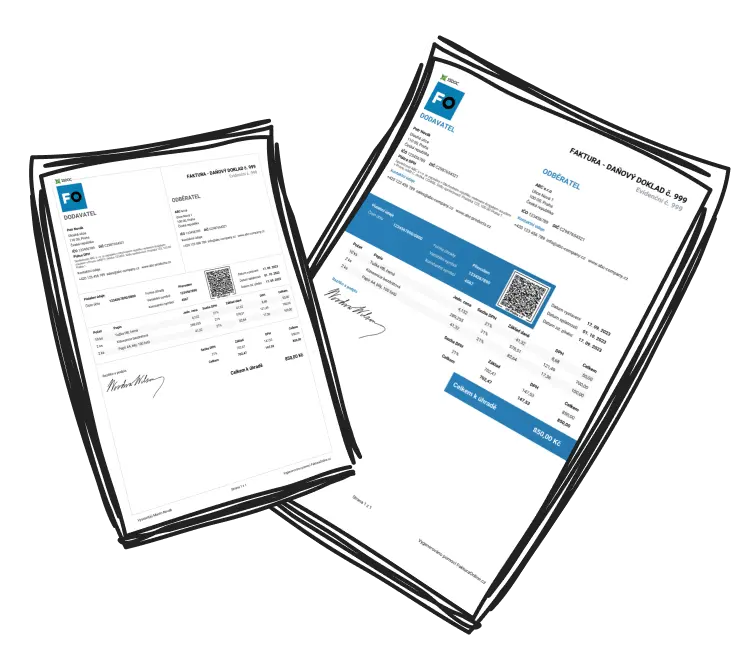New Year business planning involves setting targeted objectives and devising a comprehensive strategy to achieve these goals throughout the year. It involves evaluating last year’s successes and failures, analyzing industry trends, and understanding customer needs. By building a focused strategy, businesses can effectively allocate resources, refine operations, and explore opportunities for growth. For example, a small business might use New Year planning to launch a new product line, set sales targets, or improve customer service strategies. Understanding the planning process is essential for success in the upcoming year.
Why is New Year Business Planning Important for Small Businesses?
A proactive approach to new year business planning helps small businesses stay ahead of challenges and aligned with their strategic goals. Instead of making reactive decisions, a well-thought-out plan allows business owners to focus on activities that drive growth, reduce inefficiencies, and adapt to changes. It also prepares you for uncertainties, like market shifts and economic disruptions, while fostering confidence among employees, investors, or lenders.

Tip
Even minor adjustments, like revising your budget or updating social media content strategies, can have a significant impact on your overall success.
How Can New Year Business Planning Help Set Your Small Business Up for Success?
Comprehensive new year business planning provides clarity and helps transform business aspirations into tangible, measurable outcomes. By outlining key priorities and establishing a timeline, you’ll save time, minimize risks, and ensure consistent progress. For example, improving team collaboration or streamlining internal processes can directly boost productivity.
What Are the 10 Steps for New Year Business Planning?
-
Conduct a Year-End Review
Begin your new year business planning by conducting a year-end review, evaluating last year's performance by reviewing financial statements, customer feedback, and key achievements. What worked well? What needs improvement?
-
Define Clear Goals
Set SMART (Specific, Measurable, Achievable, Relevant, Time-bound) goals to guide your business growth and operations.
-
Analyze Industry Trends
Research market innovations, competitor activities, and emerging opportunities to remain competitive.
-
Understand Your Target Audience
Review customer preferences and identify ways to enhance the value you offer to meet their evolving needs.
-
Create a Financial Plan
Develop realistic revenue projections, monitor expenses, and explore options to increase profitability or funding sources.
-
Evaluate Your Marketing Strategy
Audit past marketing efforts and create a content calendar that aligns with new goals and audience behaviors.
-
Streamline Operations
Identify inefficiencies in your current processes and consider automating tasks or investing in new tools to enhance productivity.
-
Engage Your Team
Involve employees in planning, clarify their responsibilities, and foster a sense of accountability and enthusiasm.
-
Set Contingency Plans
Prepare for potential risks, such as economic disruptions or supply chain issues, by outlining solutions in advance.
-
Finalize and Monitor the Plan
Consolidate your strategies into one document, set measurable KPIs, and schedule regular check-ins to track progress and make adjustments as needed.
How Can Small Business Owners Create an Effective New Year Business Plan?
Kick off your new year business planning by gathering valuable data from the previous year, such as sales metrics and customer feedback, to define your strengths and areas that need improvement. Set a clear vision and break it into manageable goals, ensuring they follow your business’s priorities and SMART criteria. Alongside financial forecasting and budgeting, create a marketing plan that reflects your target audience’s needs.

Tip
Stay flexible—adjust priorities and strategies as the year unfolds to adapt to unexpected trends or disruptions.
Use technology to streamline planning and assign clear responsibilities to your team for better accountability. Communicate your plan effectively and schedule regular reviews to ensure progress remains on track.

Example
A small retail business might plan for success by increasing its online presence, setting customer retention goals, and adopting inventory management tools to optimize costs.
Conclusion: Start the Year on the Right Foot
Strategic planning sets the tone for long-term success. By setting clear goals, following actionable steps, and staying committed to your plan, you’re positioning your small business for sustainable growth. Take action now, regularly revisit your plan, and adjust as necessary to seize opportunities and overcome challenges. Starting strong this year can unlock your potential for lasting success.


